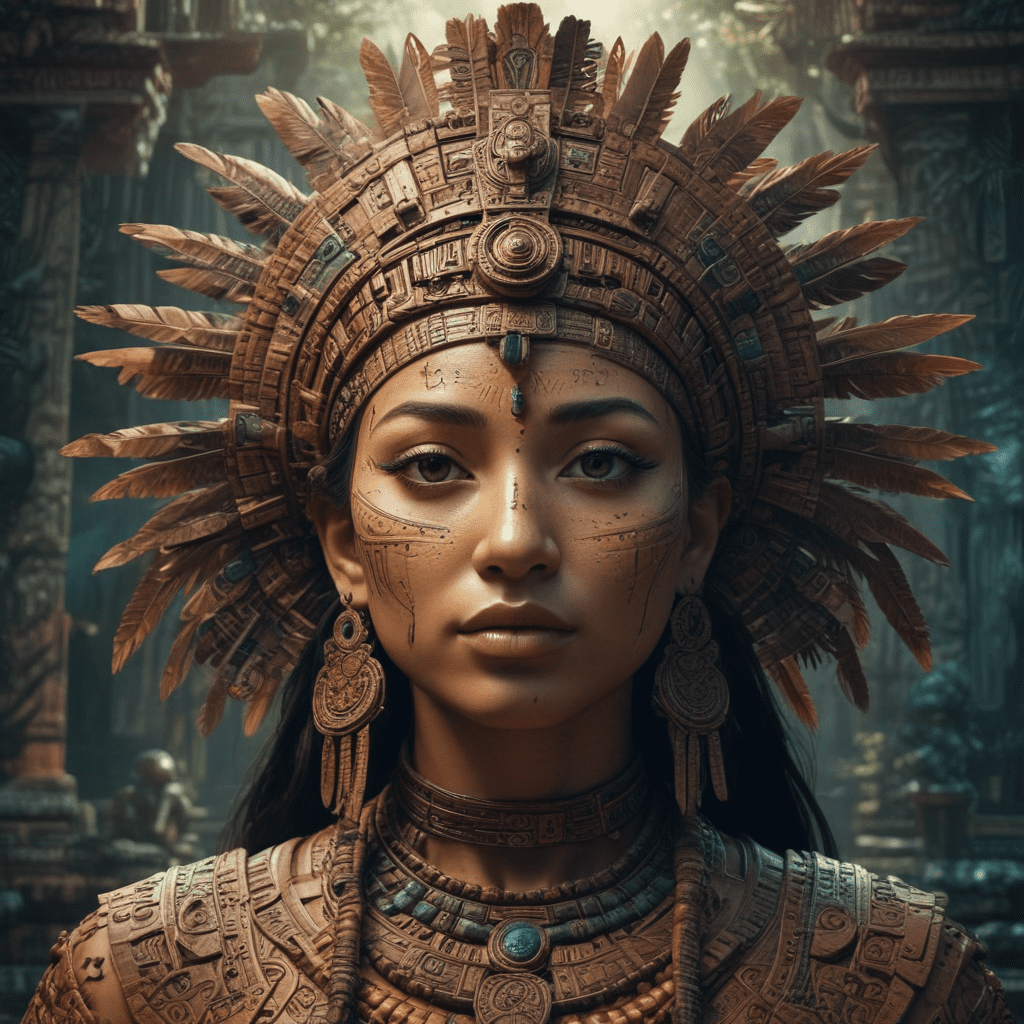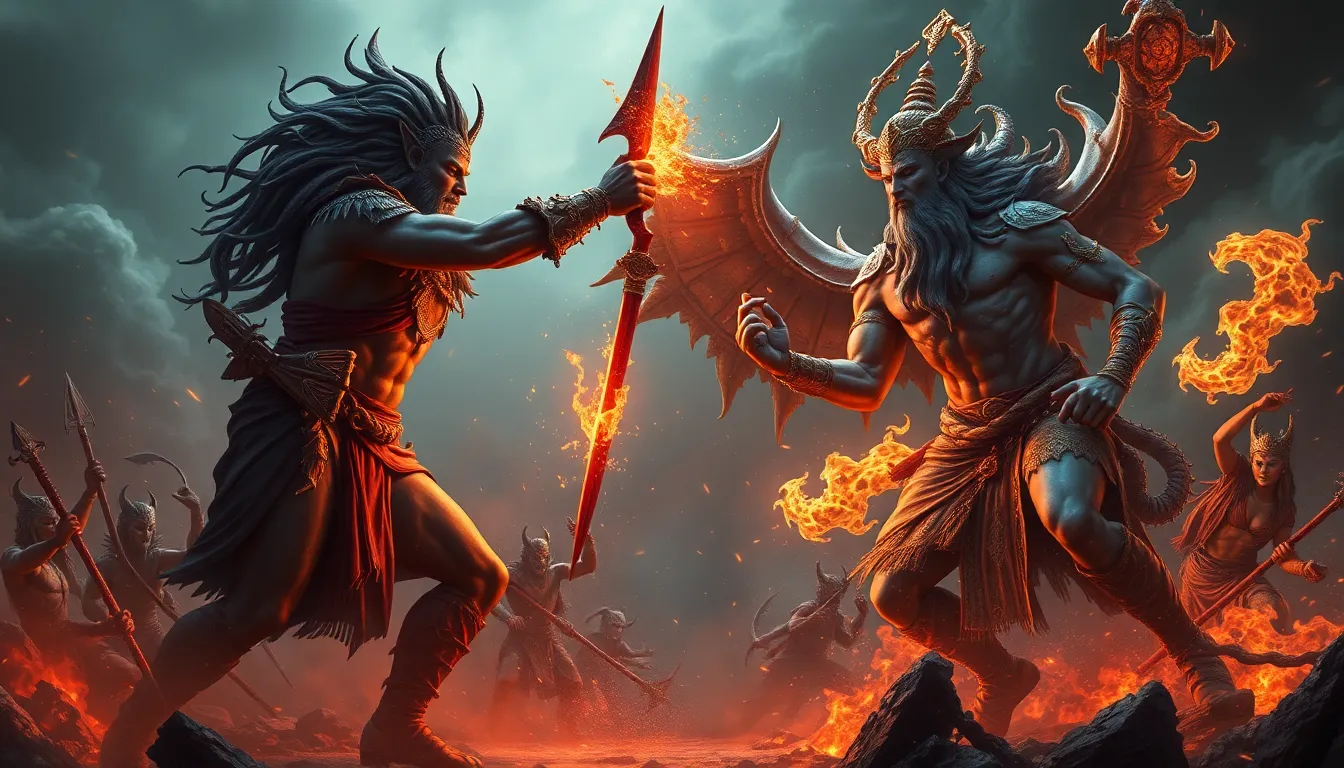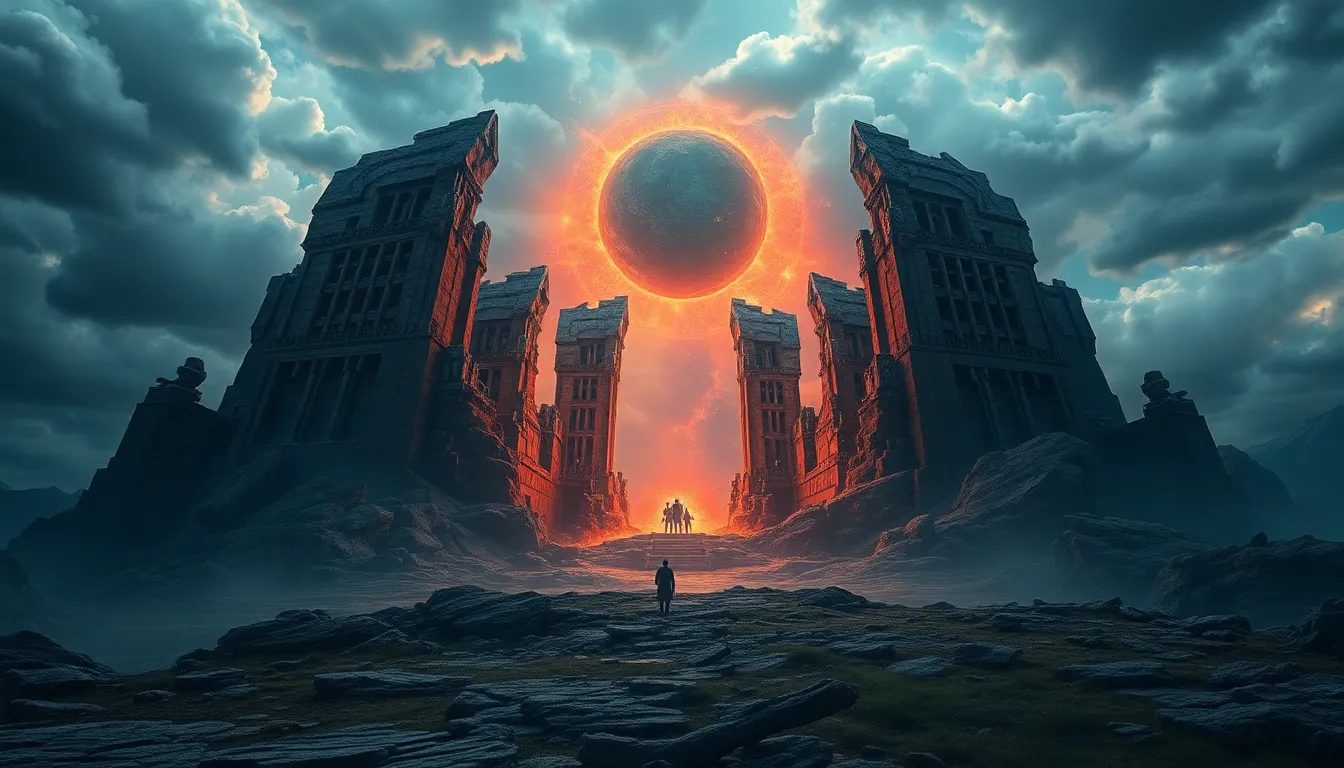Mayan Cosmology: Understanding the Universe
The ancient Maya, a Mesoamerican civilization renowned for their intricate calendar system, elaborate architecture, and advanced understanding of astronomy, developed a rich and complex cosmology to explain the origins and workings of the universe. This intricate belief system, preserved in sacred texts, archaeological remains, and oral traditions, offers a fascinating glimpse into the Maya worldview and their profound connection with the cosmos.
1. The Popol Vuh: A Sacred Text of Creation
The Popol Vuh, the "Book of the Community," stands as the most important source of Maya creation mythology. This sacred text recounts the origin of the universe, the creation of humanity, and the adventures of the hero twins, Hunahpu and Xbalanque. Through its vibrant narratives and symbolic language, the Popol Vuh unveils the Maya understanding of the cyclical nature of time, the interconnectedness of the cosmos, and the vital role of sacrifice in maintaining cosmic balance.
1.1. The Three Creations
The Popol Vuh describes three failed attempts at creation before the successful emergence of humanity. The first world was inhabited by wooden beings devoid of souls and hearts, who were destroyed by a great flood. The second world was populated by beings made of clay but lacked the ability to praise the gods, leading to their demise. Finally, in the third attempt, humans were created from maize, a sacred crop that embodied the life-giving force of the earth. This successful creation marked the beginning of the current era, where humans held a special responsibility to maintain harmony with the divine and the natural world.
1.2. The Hero Twins and the Underworld
The Popol Vuh narrates the adventures of the hero twins, Hunahpu and Xbalanque, who descend into the treacherous underworld, Xibalba, to confront the lords of death. Through their courage, intelligence, and magical abilities, the twins overcome numerous challenges, defeat the lords of Xibalba, and ultimately bring light and renewal to the world. This epic tale symbolizes the triumph of good over evil, the cyclical nature of life and death, and the importance of overcoming obstacles to achieve spiritual transformation.
1.3. The Four Bacabs and the World Pillars
The Maya believed that the earth was supported by four giant creatures known as the Bacabs, located at the cardinal directions. These mythical beings held up the sky with their backs, ensuring the stability and balance of the world. The four Bacabs were often depicted as gods associated with specific colors, directions, and elements, further reinforcing the Maya perception of the cosmos as an interconnected and harmonious system.
6. The Four Creations and the Five Suns
The Maya believed in a cyclical view of time, where the universe underwent repeated cycles of creation and destruction. They described four previous creations and destructions, each associated with a different "sun" or era. These eras were believed to be characterized by different qualities and ended in cataclysmic events such as floods or earthquakes.
6.1. The Four Failed Creations and the Floods
The first three creations were considered failures,



